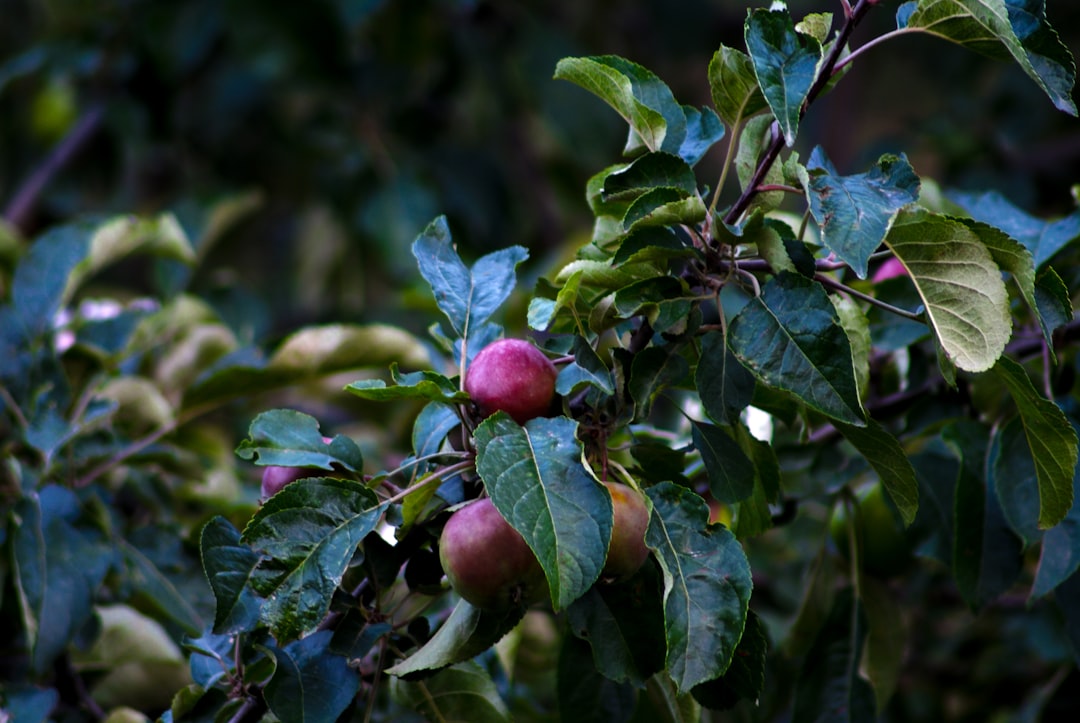The Secret to Thriving Annual Vinca in Summer

Annual vinca, known scientifically as Catharanthus roseus, is a true gem in the world of annual flowers. Its small, star - shaped blossoms come in a variety of vivid colors, including pink, white, red, and purple. These flowers are not only beautiful but also numerous, creating a carpet of color in gardens, containers, and flower beds. What makes annual vinca even more remarkable is its ability to thrive in the sweltering heat of summer when many other plants struggle.
One of the key factors in successfully growing annual vinca is choosing the right location. These plants love full sun, which means they need at least six to eight hours of direct sunlight each day. In fact, the more sun they get, the more flowers they will produce. When selecting a spot in your garden, look for an area that is not shaded by large trees or buildings. If you are growing annual vinca in containers, place them on a sunny balcony, patio, or deck.
The soil requirements for annual vinca are also crucial. They prefer well - drained soil. Heavy, clay - like soils that hold water can lead to root rot, which is a common problem for these plants. To ensure good drainage, you can amend the soil with organic matter such as compost or peat moss. If you are planting in containers, use a high - quality potting mix that is specifically formulated for annuals. This type of mix usually has good drainage properties and contains the necessary nutrients for healthy plant growth.
Watering annual vinca properly is an art. While they are drought - tolerant once established, they still need regular watering, especially during the hot summer months. However, over - watering can be just as harmful as under - watering. Water the plants deeply but infrequently. A good rule of thumb is to water when the top inch of soil feels dry to the touch. When watering, aim for the base of the plant rather than wetting the foliage. This helps prevent the development of fungal diseases, which can be a problem in humid conditions.
Fertilizing annual vinca is important to keep them blooming throughout the summer. Use a balanced, slow - release fertilizer at the time of planting. You can also supplement with a liquid fertilizer every few weeks during the growing season. Look for a fertilizer with a ratio of 10 - 10 - 10 or similar. This provides the right balance of nitrogen, phosphorus, and potassium, which are essential for plant growth, flower production, and overall health.
Pruning is another aspect of annual vinca care. While these plants do not require extensive pruning, removing spent flowers can encourage more blooms. Simply pinch off the faded flowers at the base of the stem. This redirects the plant's energy from seed production to new flower growth. Additionally, if the plants start to look leggy or overgrown, you can give them a light trim to shape them up.
Annual vinca is generally resistant to pests and diseases, but they can still be affected by a few common problems. Aphids and whiteflies can sometimes infest the plants. You can control these pests by spraying the plants with a strong stream of water or using an insecticidal soap. Fungal diseases such as powdery mildew and leaf spot can occur in humid conditions. To prevent these diseases, make sure there is good air circulation around the plants and avoid overhead watering.
In conclusion, annual vinca is a wonderful addition to any garden. With its vibrant flowers and ability to withstand summer heat, it is a popular choice for both novice and experienced gardeners. By following these care tips, including choosing the right location, providing well - drained soil, proper watering, fertilizing, pruning, and pest control, you can enjoy a beautiful display of annual vinca all summer long.